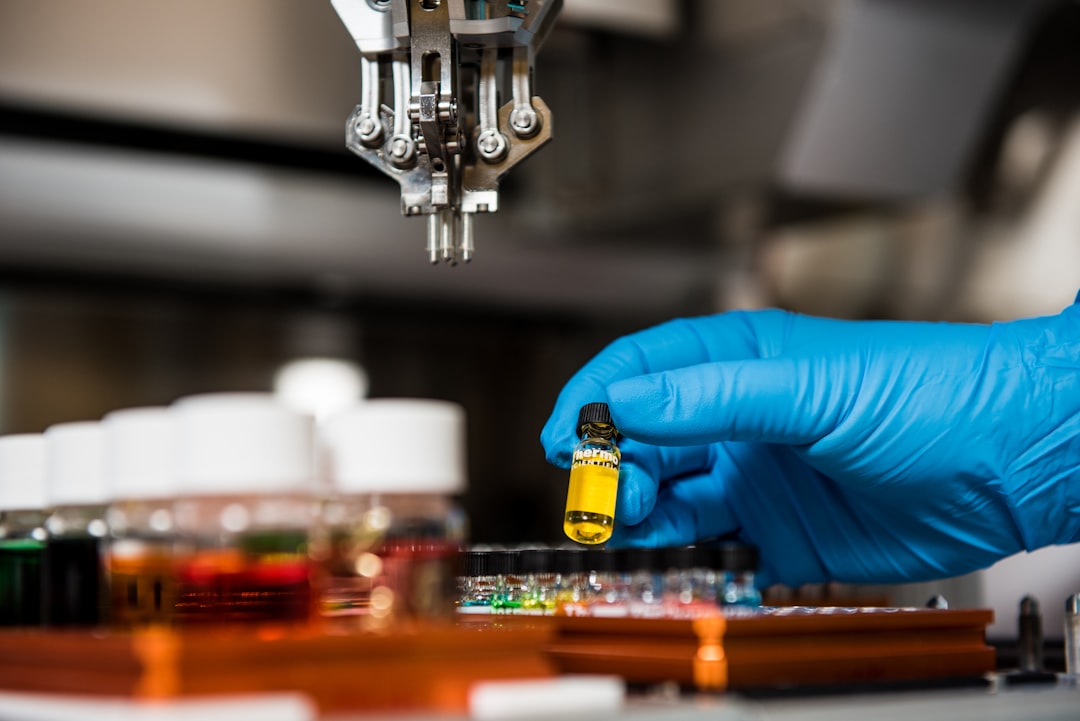What is it about?
To realize practical quantum computers, it is crucial to further improve the performance of qubits and integrate them on a large scale. This paper focuses on material engineering for superconducting qubits. One promising material for the electrodes of superconducting qubits is tantalum (Ta). We have shown that a Ta thin film made at room temperature can exhibit small microwave loss at 0.01 Kelvin (close to absolute zero temperature) by achieving the desired crystal structure of Ta with a niobium buffer layer on a silicon substrate.
Featured Image

Photo by Laura Ockel on Unsplash
Why is it important?
Previously, high-quality Ta films have been realized at high substrate temperatures, such as 500°C or higher, and on sapphire substrates. However, these restrictions can pose challenges for large-scale fabrication and integration of qubits. Our low-loss Ta films, which can be deposited on silicon substrates without the need for substrate heating, hold great potential for use in advanced superconducting electronics, particularly for quantum applications.
Perspectives
We will try to fabricate superconducting qubits using the Ta films and evaluate their potential as qubit electrodes. We hope that the films will also find applications not limited to superconducting qubits.
Yoshiro Urade
National Institute of Advanced Industrial Science & Technology (AIST)
Read the Original
This page is a summary of: Microwave characterization of tantalum superconducting resonators on silicon substrate with niobium buffer layer, APL Materials, February 2024, American Institute of Physics,
DOI: 10.1063/5.0165137.
You can read the full text:
Contributors
The following have contributed to this page










